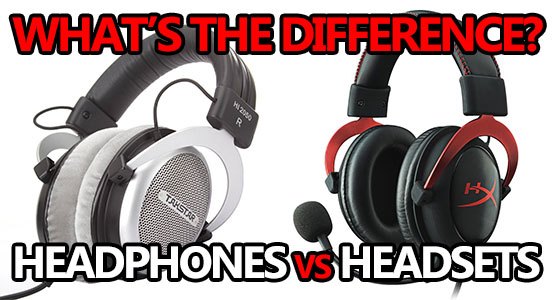Difference Between A $500 Microphone Vs $1000 Microphone
Frankly, placing the microphone 2 inches further or closer to the instrument would have made a bigger difference then recording with this microphone versus a $2000 dollar Neumann. Download anime anata dake kombawa sub indo. Great Sound Considering the Price. If you’re looking for a tube mic in the $500 range, this is definitely a mic you should consider. Dynamic Microphone vs Condenser Microphone The main purpose of a microphone is to capture the sound of the artist performing or the sounds of people speaking. There are various types of microphones available in the market and the most popular ones are the dynamic microphone and condenser microphone.
I have a Windows 7 Desktop that I want to use a mic. I connected the mic to the pink input jack (mic in). But the volume is too soft.
Studio Microphone
When I enter the properties menu, I see something like this:What is the difference between the Microphone and Microphone Boost? How do I determine the optimal setting?In addition, there is another Control Panel tool which is related to microphone setup. It makes me read a sentence 'Peter dictates to his computer. Blah blah blah'. After that, it says it did not hear anything even though I clearly see the volume changes as I read. I read it again and it then told me my microphone is now set up! What does it really do?
Best Microphone

I don't have a technical answer for you, but I can share my experience when testing different combinations of the two. I've found that the Boost level does a good job of making the microphone sound very close to me, when I move it further away - whereas the Volume becomes audibly 'distant' and quiet when it's moved away, and the alternative to turn it up, which literally picks up all the noise it senses, including background fuzz. Put the Volume too high and voices will begin to sound 'tinny'.You can turn the Volume down then, but move the Boost up, and you will get a louder voice without that effect. Bear in mind that Boost will still pick up background noise to some extent, so trial and error is what's needed.
Feel pressure to wherever you can?Maybe you even feel like you're buried under an avalanche — or that your debt keeps snowballing.Funny you should mention it: Each of these represents the name of (and a metaphor for) two well-regarded strategies for dispatching debt.Here's what each of these terms mean and how they differ. Depending on, the snowball method or avalanche method might be better to help you destroy your debt. What's the difference between the debt snowball and debt avalanche methods?The two popular strategies for paying off debt both involve paying off one debt at a time: choosing one, then moving on to the next.Where they differ is in how you select the order of the accounts to pay off.With the strategy you pay off the smallest balances first. The idea is that starting small will give you forward momentum — like a growing snowball — which will encourage you to roll on and slay those debts.By the time you're really rolling, with several card balances out of the way, the payments on larger debts will seem more manageable and less intimidating.On the other hand, with the method you attack the accounts with the highest interest rates first.
This approach is pragmatic because it prioritizes the most expensive debt first: Tackling the largest, ugliest balance means you will nip in the bud the debt that will grow fastest and hurt you most in the long-term. This plan makes clear-eyed efficiency king and is indisputably the and way to get out of debt.But it is hard: There truly are times when snowballing is better.Here's more detail on how to decide between these two strategies. When the debt snowball method is better for youRadio host, while not without his, is a popular personal finance expert — and a big booster of the snowball method.' The math seems to lean more toward paying the highest interest debts first, but what I have learned is that personal finance is 20% head knowledge and 80% behavior,' he wrote on, a financial information site. 'You need some quick wins in order to stay pumped enough to get out of debt completely.'